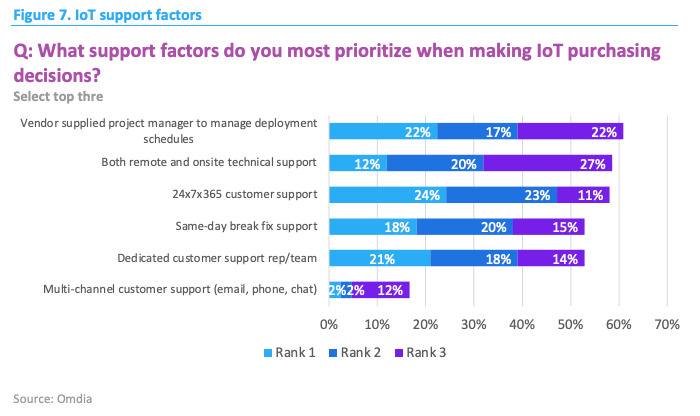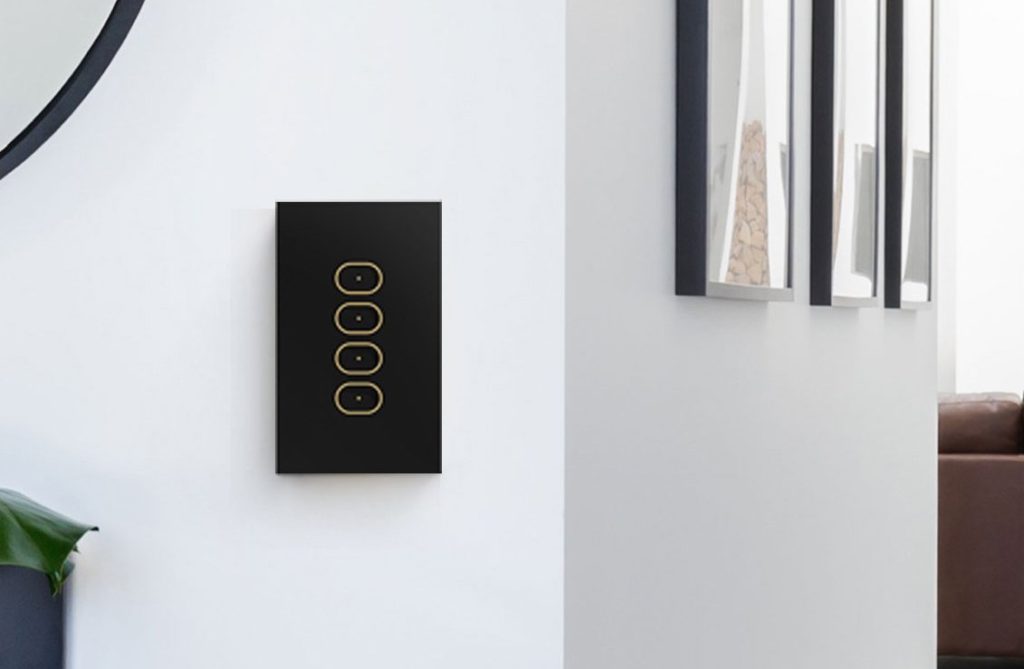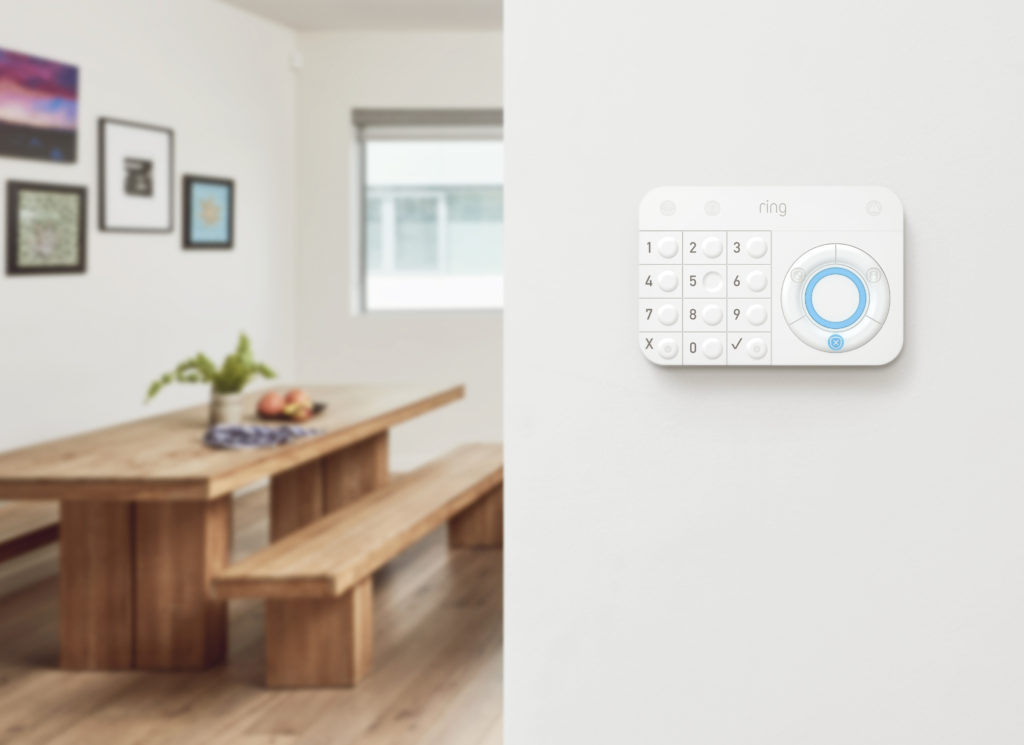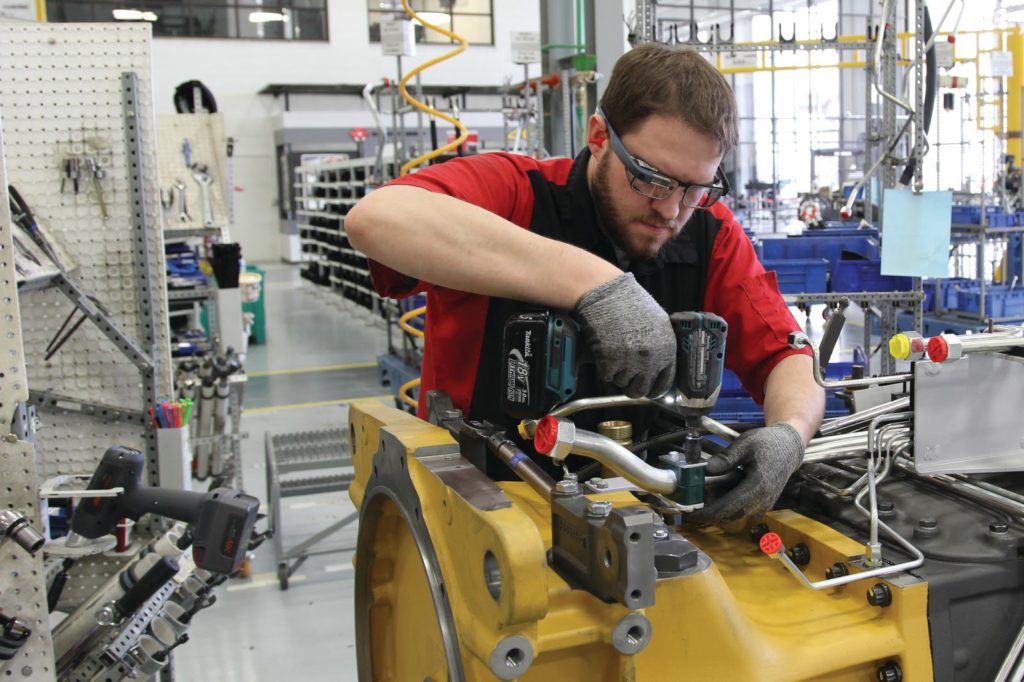The biggest news in the internet of things this week was the staggering story about Amazon’s Alexa business being responsible for the majority of an estimated $10 billion loss in the year ahead. So Kevin and I discuss what Amazon pulling back on Alexa might look like and what it means for voice and the smart home. Then we talk about how a newly available Amazon device signals Amazon’s problem and the potential solutions to that problem. After talking about voice, we take a look at a new controller from Aqara that uses gestures and share our thoughts about the form factor. After all our user interaction talk, we then cover some news, such as the FIDO Alliance planning to work on security and authentication issues for the IoT, Google’s plans for aggregating fitness data, and a new dev kit from T-Mobile. We also talk about new devices from Wyze and Firewalla. Finally, we answer a listener’s question about connecting LED fairy lights. Then it’s time to talk about the holidays.
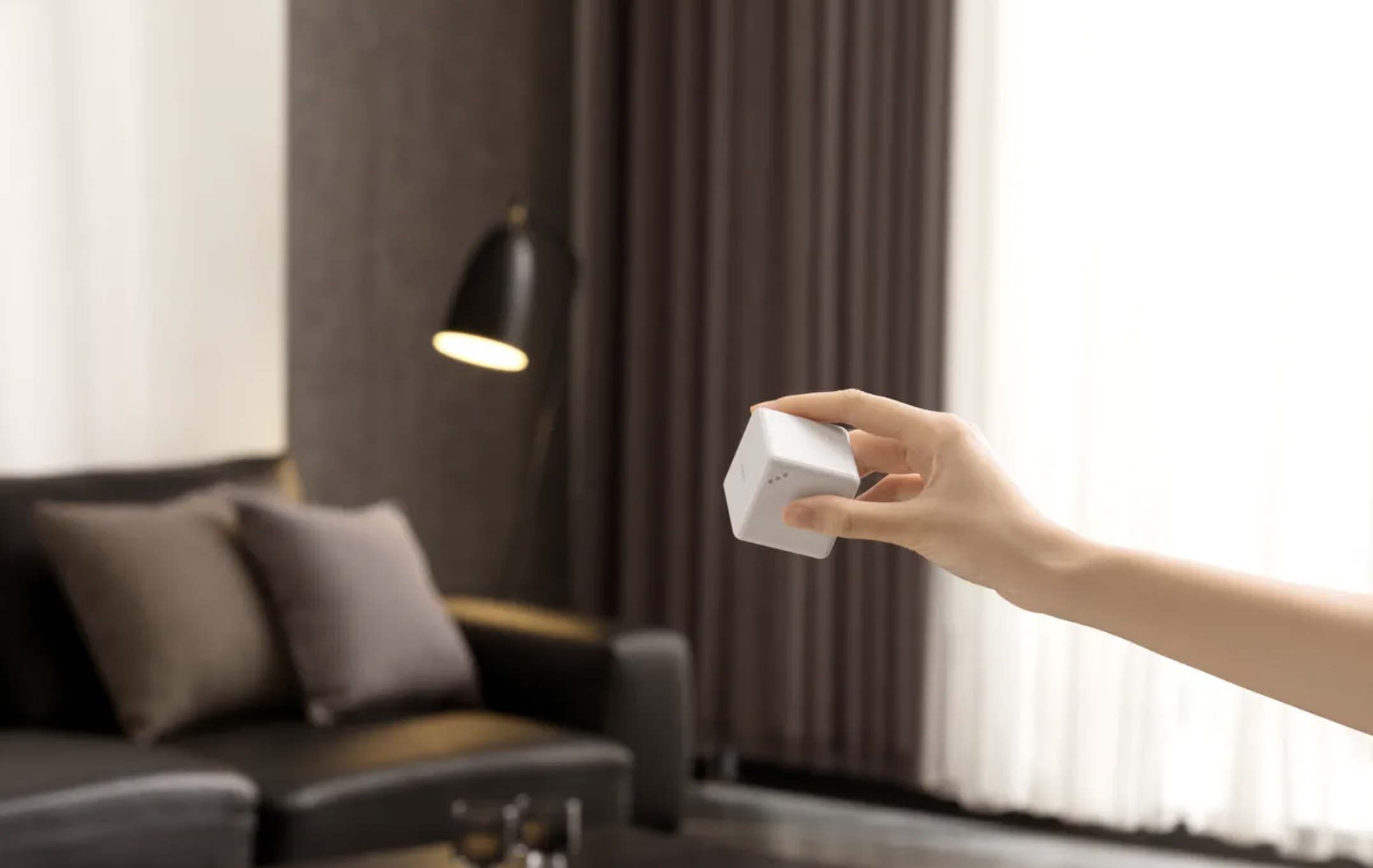
Every year we choose 10 devices that we think make good holiday gifts for our audience and their loved ones. This year we suggest a few in the first part of the show, such as the JaxJox kettlebell and my perennial favorite, the Ember mug. (I gave this to my mom in 2019, and she still uses it every day.) This year’s gifts include a smart plug designed for Matter, a device to reboot your router, and multiple options for smart buttons from Philips Hue and Shortcut Labs. We also include a Nanoleaf option because we’re such fans of the devices as gifts for teens. We also include some fancier gifts for chefs and dog owners. There are more options in this week’s newsletter, but before we sign off we also want to thank our listeners for the gift of their time this year, and the nine years that Kevin and I have been producing this show. Y’all are awesome.
Hosts: Stacey Higginbotham and Kevin Tofel
Sponsors: Arm and Silicon Labs
- Voice is a user interface, not a platform
- I don’t want to roll the dice on my home routines
- Google aggregates health data in a better format
- We love buttons and lights for smart home gifts
- We also love cooking tech, and pet tech too
Podcast: Play in new window | Download | Embed
Subscribe: RSS

